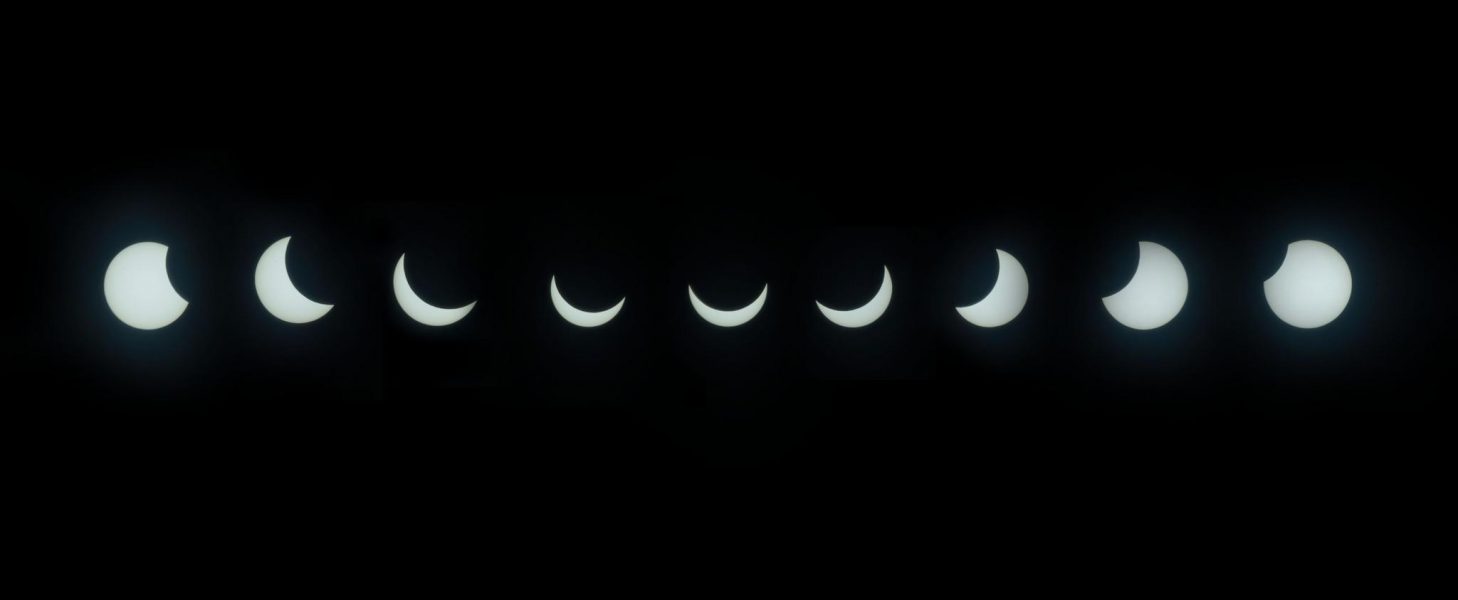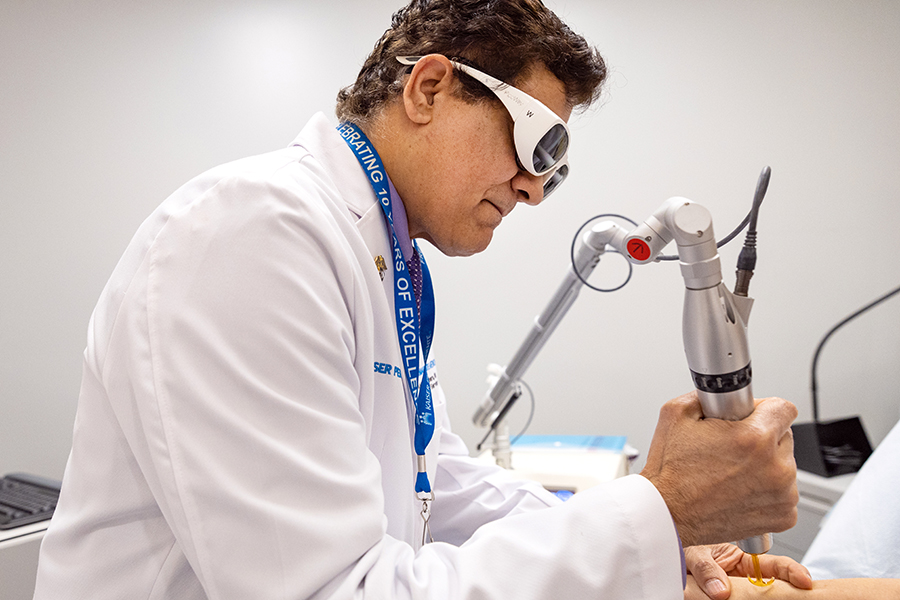Santa Cruz Sentinel –August 21, 2017
Dr. James Weisel, an ophthalmologist with Kaiser Permanente, urged viewers who made the trek to see the eclipse not to spend even a moment watching the sun.
The next solar eclipse visible in North America will be Aug. 8, 2024, according to earthsky.org.
The solar eclipse about 10:20 a.m. Monday won’t be visible in Santa Cruz and the coast, which likely will be shrouded in low clouds, according to the National Weather Service.
The nearest area where the eclipse will be visible likely will be Scotts Valley, said forecaster Steve Anderson of the National Weather Service office in Monterey.
“The nearest location out of the clouds will be the Scotts Valley area and locations over Highway 17,” Anderson said. Those areas include most of the Santa Cruz Mountains and San Jose, he said.
For those who make the trek to see the eclipse, James Weisel, MD, an ophthalmologist with Kaiser Permanente, urged viewers not to spend even a moment watching the sun.
Watching the sun, he said, can cause vision loss and solar retinopathy, which is a more lasting or permanent sensation similar to having a bright light flashed in the eyes.
“It happens in epidemics around solar eclipses,” Weisel said. “There is literature associated with these events and the high number of patients who experience this problem.”
Weisel said there is no treatment for retinopathy.
“The light is so intense that it induces chemical reactions in the retinal cells, causing chemical injury,” Weisel said. “It causes vision loss, not painful vision loss, but the type you get from a very bright flash from a camera. Imagine that lasting for several months instead of a few moments.”
Dr. Judith Garcia, a family medicine specialist at Dignity Health Medical Group Dominican, said the risks are higher than children than adults.
“Many of us are curious. We want to see a process of the eclipse so we look for too long,” Garcia said. “If you don’t have good eye protection, you can burn your retina in just a couple of seconds.”
Symptoms of retinal damage include eye pain, image distortion, circles in the field of vision or, in severe cases, complete blackout, Garcia said.
Kathleen Battaglia, the fire prevention technician at Monterey Fire Department, advised viewers not to sky-gaze without eye protection accredited to meet ISO 12312-2 standards. She also recommended people to refer to the American Astronomical Society for guidance on adequate protection.
Viewers would be safe watching the sky online or on television, Weisel said.
In addition, some telescopes and binoculars are safe for viewing, Garcia said.
“Or you can make a homemade pinhole viewing kit that provides indirect viewing of the eclipse,” Garcia said.
Weisel said hats do not offer protection.
This article first appeared in The Santa Cruz Sentinel






